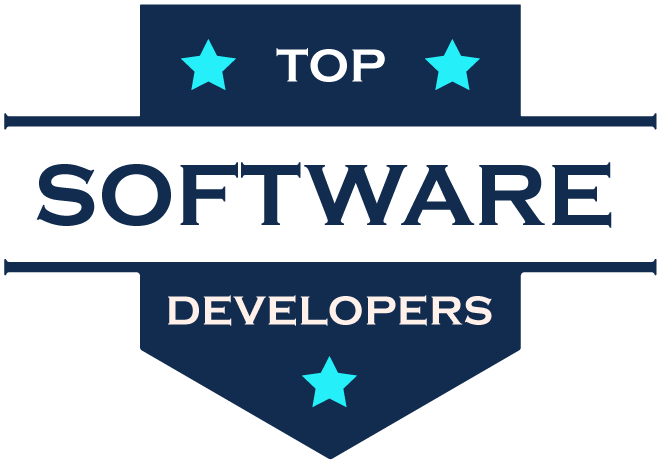Scikit-learn, often called sklearn, is a powerful open-source Python library for machine learning. Built on NumPy, SciPy, and Matplotlib, it provides simple and efficient tools for data mining, data analysis, and modeling. Whether you’re a beginner or an expert, sklearn’s intuitive API makes it ideal for building predictive models. Since its release in 2007, sklearn has grown into a cornerstone of the Python data science ecosystem, backed by a vibrant community. It supports both supervised and unsupervised learning, making it versatile for tasks like classification, regression, clustering, and dimensionality reduction.
Why choose sklearn? Its consistent interface, extensive documentation, and wide range of algorithms—like linear regression, support vector machines, and random forests—enable rapid prototyping and deployment. This guide dives into sklearn’s core features, practical applications, and advanced techniques to help you master machine learning in Python.
Getting Started with Scikit-learn
To begin, install sklearn using pip:
bash pip install scikit-learn
Alternatively, use conda:
bash conda install scikit-learn
Ensure you have NumPy, SciPy, and Pandas installed, as they’re dependencies. A virtual environment (e.g., via venv of conda) keeps your projects organized. Verify installation by importing sklearn:
python import sklearn print(sklearn.__version__)
Sklearn works seamlessly in Jupyter Notebooks, making it easy to experiment. Download sample datasets, like Iris or Boston Housing, directly from sklearn:
python from sklearn.datasets import load_iris iris = load_iris()
Core Concepts of Scikit-learn
Sklearn’s API revolves around three key concepts: estimators, predictorsen transformers. An estimator is any object that learns from data (e.g., a classifier). Predictors provide predictions (e.g., predict() method), while transformers preprocess data (e.g., scaling features). The workflow follows a fit-transform-predict pattern:
python from sklearn.preprocessing import StandardScaler scaler = StandardScaler() X_scaled = scaler.fit_transform(X)
Data preprocessing is critical. Sklearn offers tools like StandardScaler for standardization, OneHotEncoder for categorical variables, and SimpleImputer for missing values. Use Pipeline to chain preprocessing and modeling steps:
python
from sklearn.pipeline import Pipeline
pipeline = Pipeline([('scaler', StandardScaler()), ('clf', LogisticRegression())])This ensures consistent transformations during training and testing, reducing errors.
Supervised Learning with sklearn
Supervised learning involves labeled data. Sklearn excels in two types: classification and regression.
- Classification: Predict categories (e.g., spam vs. not spam). Try Logistic Regression:
python
from sklearn.linear_model import LogisticRegression clf = LogisticRegression() clf.fit(X_train, y_train)
- y_pred = clf.predict(X_test)
- Other algorithms include Support Vector Machines (
SVC) and Decision Trees (DecisionTreeClassifier). Evaluate models with metrics like accuracy or F1-score: python
from sklearn.metrics import accuracy_score
print(accuracy_score(y_test, y_pred))- Regression: Predict continuous values (e.g., house prices). Linear Regression is a staple:
python
from sklearn.linear_model import LinearRegression reg = LinearRegression()
reg.fit(X_train, y_train)- Advanced options like Ridge or Lasso handle regularization. Measure performance with mean squared error (MSE):
python
from sklearn.metrics import mean_squared_error
print(mean_squared_error(y_test, y_pred))
Unsupervised Learning with sklearn
Unsupervised learning finds patterns in unlabeled data. Sklearn supports clustering and dimensionality reduction.
- Clustering: Group similar data points. K-Means is popular:
python
from sklearn.cluster import KMeans kmeans = KMeans(n_clusters=3)
clusters = kmeans.fit_predict(X)- DBSCAN handles non-spherical clusters better for complex datasets.
- Dimensionality Reduction: Reduce features while preserving information. Principal Component Analysis (PCA) is widely used:
python
from sklearn.decomposition import PCA pca = PCA(n_components=2)
X_reduced = pca.fit_transform(X)- Visualize high-dimensional data with t-SNE for exploratory analysis.
Model Selection and Evaluation
To ensure robust models, sklearn offers tools for validation and tuning. Cross-validation assesses generalization:
python from sklearn.model_selection import cross_val_score scores = cross_val_score(clf, X, y, cv=5) print(scores.mean())
Hyperparameter tuning optimizes models. Use GridSearchCV:
python
from sklearn.model_selection import GridSearchCV
param_grid = {'C': [0.1, 1, 10]}
grid = GridSearchCV(LogisticRegression(), param_grid, cv=5)
grid.fit(X_train, y_train)
print(grid.best_params_)Splitting data into train-test sets prevents overfitting:
python from sklearn.model_selection import train_test_split X_train, X_test, y_train, y_test = train_test_split(X, y, test_size=0.2)
Advanced Features and Tips
Sklearn’s ensemble methods, like Random Forest and Gradient Boosting, combine models for better performance:
python from sklearn.ensemble import RandomForestClassifier rf = RandomForestClassifier(n_estimators=100) rf.fit(X_train, y_train)
Handle imbalanced datasets with techniques like SMOTE (via imbalanced-learn) or class weights. Save models for reuse:
python
import joblib
joblib.dump(clf, 'model.pkl')
clf = joblib.load('model.pkl')Feature selection with SelectKBest or recursive feature elimination (RFE) improves efficiency.
Real-World Example: Predicting House Prices
Let’s build a regression model using the Boston Housing dataset (or a similar dataset, as Boston is deprecated). Load data:
python
import pandas as pd
from sklearn.datasets import fetch_california_housing
housing = fetch_california_housing()
X = pd.DataFrame(housing.data, columns=housing.feature_names)
y = housing.target
Preprocess and train:
python
from sklearn.pipeline import Pipeline
from sklearn.preprocessing import StandardScaler
from sklearn.linear_model import LinearRegression
pipeline = Pipeline([('scaler', StandardScaler()), ('reg', LinearRegression())])
X_train, X_test, y_train, y_test = train_test_split(X, y, test_size=0.2)
pipeline.fit(X_train, y_train)
y_pred = pipeline.predict(X_test)
print(mean_squared_error(y_test, y_pred))
Interpret coefficients to understand feature importance. Visualize predictions with Matplotlib for insights.
Conclusion and Resources
Scikit-learn simplifies machine learning with its unified API and robust tools. From preprocessing to advanced modeling, it empowers data scientists to tackle real-world problems efficiently. Dive deeper with sklearn’s official documentation, Kaggle competitions, or books like Hands-On Machine Learning with Scikit-learn, Keras, and TensorFlow.
Carmatec delivers robust, scalable, and high-performing Python solutions tailored to accelerate your digitale transformatie. From web apps to AI integrations, our expert Python developers craft intelligent, future-ready solutions that drive business growth.













